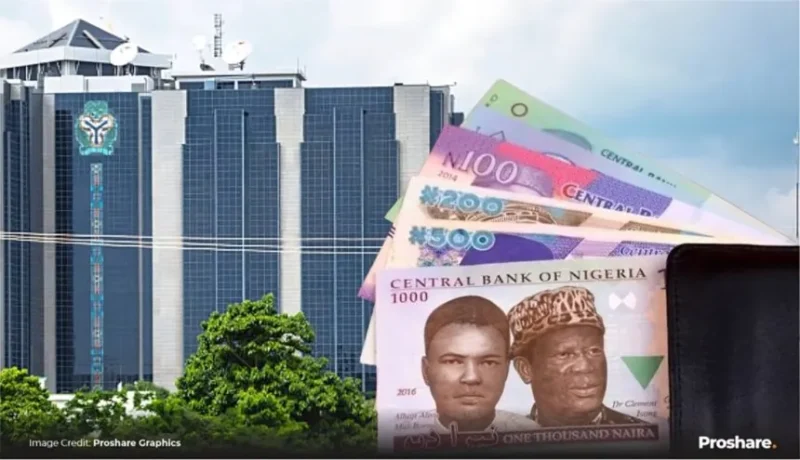As Nigeria continues to grapple with the consequences of economic instability and currency devaluation, the conversation around the introduction of higher naira denomination such as ₦10,000 and ₦20,000 has resurfaced with urgency. Experts have argued that the depreciation of the naira, coupled with rising inflation, has made the national currency bulky and increasingly inconvenient for cash-based transactions. The question now is whether the Central Bank of Nigeria (CBN) should respond by printing higher-value notes, and what such a move could mean for the economy and everyday Nigerians.
In 2024, the naira lost over 40% of its value against the U.S. dollar, closing the year at around ₦1,535 to $1. As a result, the purchasing power of the average Nigerian has been severely diminished. What once required a few bills now demands stacks of naira notes. For businesses, market traders, and even consumers purchasing basic goods, the burden of handling excessive amounts of cash is becoming unsustainable. Higher-denomination notes could reduce this burden, offering a more practical way of transacting in high-inflation conditions.
There’s also the issue of cost and efficiency. In a predominantly cash-reliant economy like Nigeria’s, where digital penetration is growing but still uneven, printing higher-value notes could lower the cost of note production and distribution for the CBN. It could also reduce the strain on commercial banks and ATM infrastructure, which are often overwhelmed during periods of cash scarcity—as seen during the naira redesign crisis in early 2023.
Globally, countries facing similar inflationary challenges have made comparable moves. In Uzbekistan, for instance, the government introduced a 100,000-som banknote in 2019 when inflation made smaller denominations less practical. Nicaragua did the same with its 1,000-córdoba note. Even Zimbabwe, during its hyperinflation years, resorted to printing notes in the trillions. While Nigeria is not yet in that extreme category, the logic remains: when inflation renders existing denominations ineffective, central banks often respond by introducing higher ones.
However, critics of the proposal caution that such a move might inadvertently validate the country’s inflation problem, sending the wrong signal to the public and international observers. It could also facilitate corruption, counterfeiting, and money laundering—concerns the CBN itself raised during the 2022 currency redesign. Moreover, higher denominations could create new challenges in the informal sector where small vendors may struggle to provide change or where low-income earners may find such notes inaccessible.
The timing of this conversation is also crucial. With over 63% of Nigerians living in multidimensional poverty, according to the National Bureau of Statistics, the focus of monetary policy should arguably be on stabilizing the naira, curbing inflation, and encouraging job creation. Introducing new notes without tackling these core issues could merely treat the symptoms rather than the disease.
Nonetheless, the practicality of having a ₦10,000 note in an economy where ₦1,000 can barely buy a loaf of bread cannot be ignored. If implemented strategically, with strong anti-fraud measures, inclusive public sensitisation, and a robust economic policy to back it up, the introduction of higher denominations could bring short-term relief and efficiency to Nigeria’s monetary system.
The CBN must weigh its options carefully. This is not just about convenience; it’s about trust, perception, and long-term economic direction. A ₦10,000 note could ease the strain on a cash-based economy, but without a solid plan to fix the broader issues, it may just become another symbol of how far the naira has fallen.








